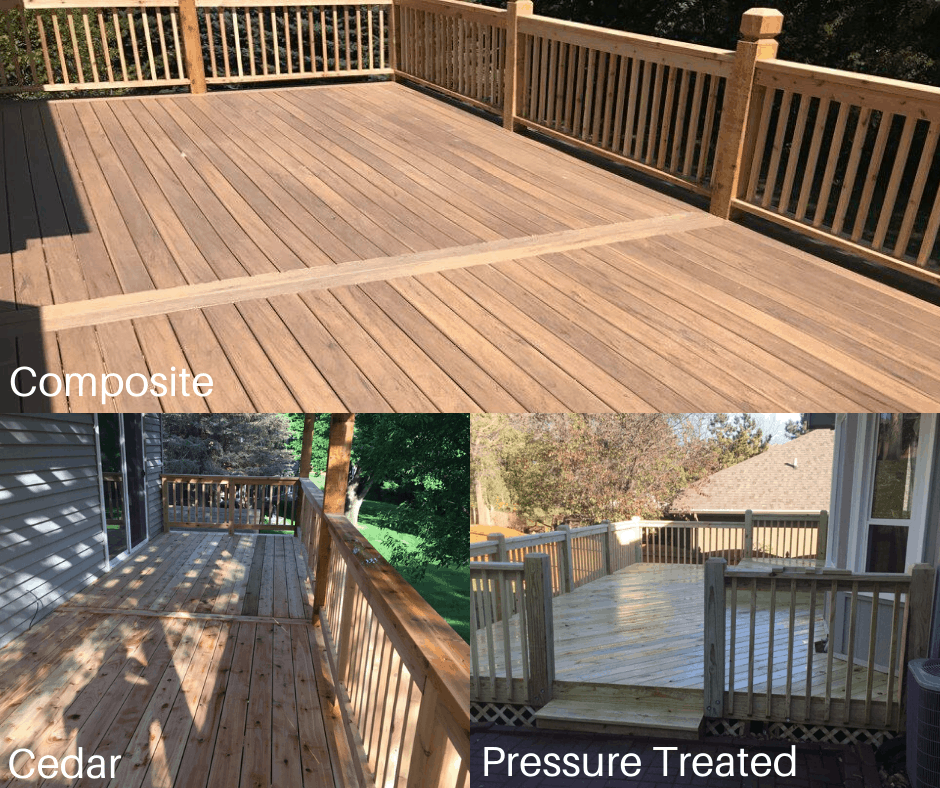Wood rot is one of the most dangerous hazards for a home. Not only is it bad for the aesthetic of your home, but it can also be hazardous to you and your family’s health and safety if left unchecked. Many homeowners deal with rot every year, but why? What causes wood rot, and how can you stop it from happening?
What is Wood Rot? And What Causes It?
Wood rot is a type of mold that seeps into the wood structure of your home. It can be both external and internal, and once it has made its way into your home it can spread quickly. This type of rot is extremely harmful to the integrity of a home.
Wood rot can cause your house to become flimsy and weaken the structure. This can lead to more damage to the home itself, as well as to anyone who is in or on its premises.
Types of Wood Rot – Dry Rot and Wet Rot
Wood rot is one of the leading causes of damage in decks, buildings, and homes. Both types of rot require the same things to occur — moisture, wood, oxygen, and warmth. The difference between dry rot and wet rot is that dry rot only needs moisture to form, but then once the moisture content lowers it can still spread and continue to form.
Wet rot, on the other hand, needs a continuous source of moisture, such as from wet weather or a broken or leaking pipe. In order to fix wet rot, the source of the moisture must be contained, then the affected timber can be replaced.
Dry rot is more challenging to remove because it is the most damaging wood-decaying fungus. In most cases, samples of the affected wood need to be tested to confirm that dry rot is present. Once that’s done, a professional should be called in to assess the extent of the dry rot damage.
What are Signs of Wood Rot?
If you’re worried you have developed a rot problem in your home, there are a couple of signs you can look out for:
- Soft spots in the wood
- Black spots
- Rings of moisture
- Odd or musty smells
- Black fungi
- Crumbling timber
- Cracked wood
If you notice any of these signs, you should have your home checked immediately by a professional. The earlier you can identify and stop rot, the better it is for the integrity and structure of your home.
How Do I Treat Wood Rot?
Treating rot can be difficult and is even more challenging when the rot has had time to grow. Always seek professional advice when treating rot. A professional can come in, assess the damage, and take proper steps. These steps may include applying a chemical to stop the rot, removing and replacing the damaged pieces of wood, and creating better ventilation systems to prevent future rot.
How Do I Prevent Rot?
Of course, it’s better to deal with a problem before it becomes one. To prevent the formation of dry rot in your house in the first place, it’s important to do a few things. First, make sure you inspect your pipes and water entry and exit points frequently, as leaky pipes can contribute and cause the rot.
Also, make sure your house is well-ventilated to keep moisture from gathering too long. Lastly, maintain your interior and exterior paint, finish, and stain on all wood surfaces, utilizing the services of a licensed painting contractor. Paint is an effective way to prevent rot and maintaining your wood surfaces will help seal them away from moisture and keep the rot from forming.
We offer free deck inspections in the Omaha and surrounding areas. Get in touch today and we’ll take a look at your deck and other wood in your home to see if you have any of these easily preventable issues in your home.


